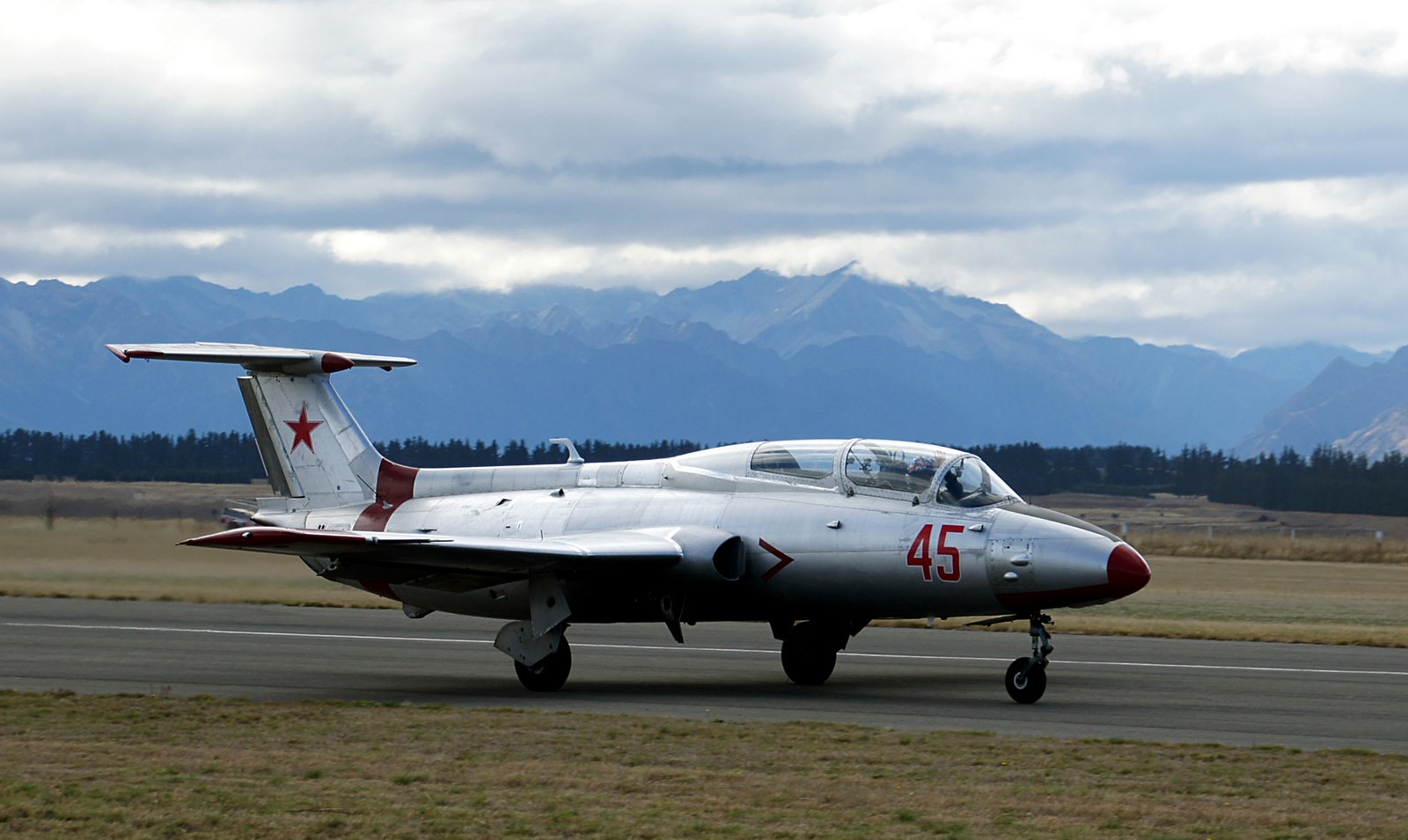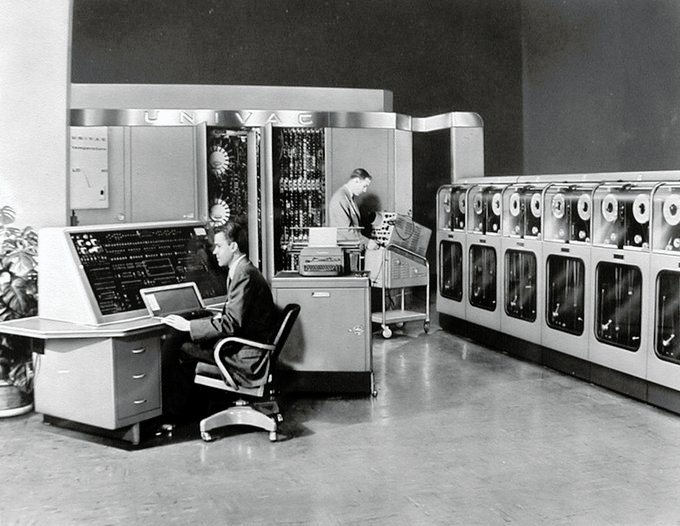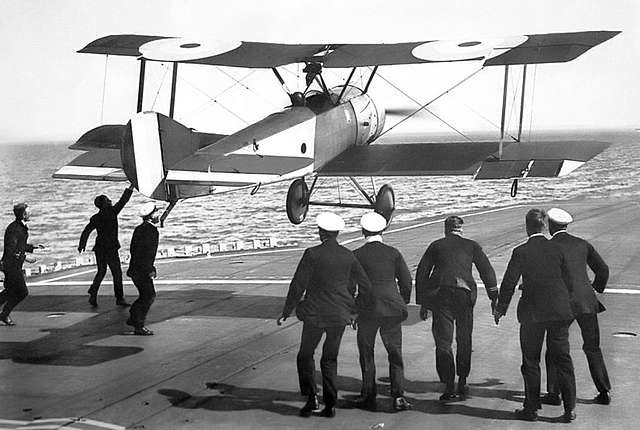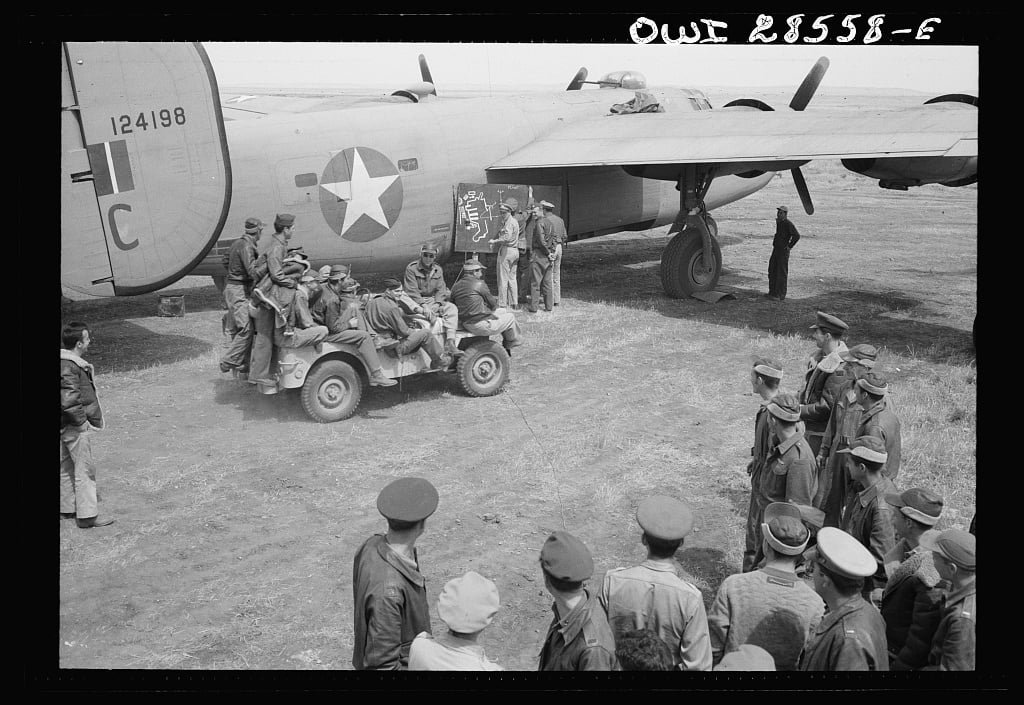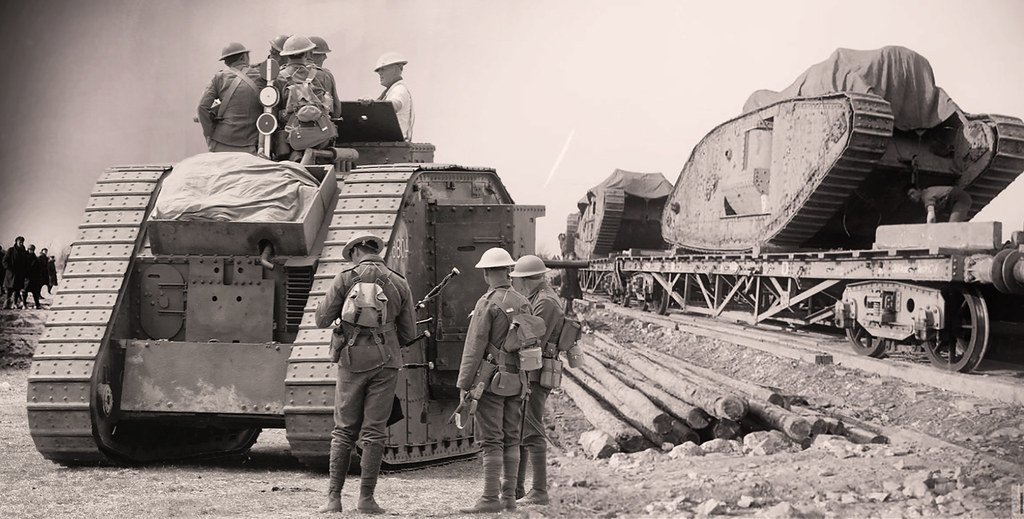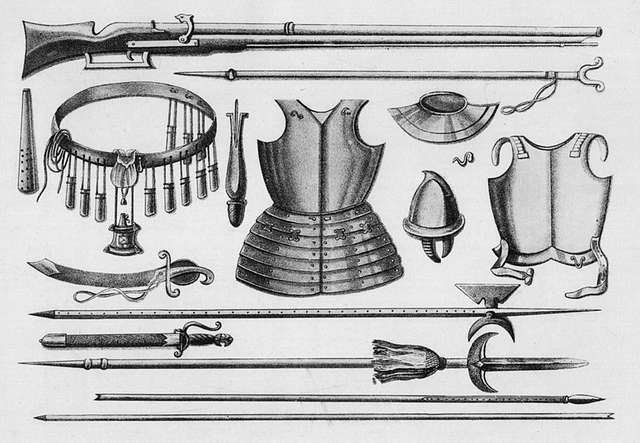The emergence of the first aircraft carrier marked a pivotal moment in the evolution of naval warfare. This blog undertakes a comprehensive exploration of the origins, development, and significance of the inaugural aircraft carrier. From its modest beginnings to the profound impact it wielded on naval operations, we embark on an insightful journey through maritime history, unraveling the captivating story of the first aircraft carrier.
Table of Contents
Before delving into the blog’s narrative, let’s address pertinent and frequently asked questions that lay the groundwork for a more nuanced understanding:
What is the oldest aircraft carrier in existence?

As of January 2015, the USS Nimitz holds the title of the world’s oldest active aircraft carrier. Following the decommissioning of the USS Enterprise in 2017, Nimitz not only became the oldest U.S. aircraft carrier still in service but also the longest-serving and oldest active aircraft carrier globally. Since its inactivation in 2015, Nimitz has maintained its status as a historic vessel, embodying decades of naval history and technological advancements.
When was the first plane launched from an aircraft carrier?
On November 14, 1910, Eugene Ely made history by successfully launching a Curtiss Pusher biplane from the deck of the USS Birmingham, becoming the first person to take off from an aircraft carrier. This pioneering event marked a crucial milestone in naval aviation and laid the foundation for the future development of aircraft carriers as integral components of naval fleets.

How Many Aircraft Carriers Does Each Country Have?
Aircraft carriers serve as the cornerstone of modern naval power projection. Currently, the United States leads with a fleet of 11 carriers, followed by China with three and India, the United Kingdom, Italy, and Japan with two each. Other nations like Russia, France, Spain, Turkey, Brazil, and Thailand possess one each. These vessels have a rich history, dating back to the early 20th century. The first actual aircraft carrier was the HMS Furious, commissioned in 1917. Since then, carriers have revolutionized naval warfare, enabling rapid global mobility and air superiority. Their strategic significance remains vital in today’s dynamic geopolitical landscape.
With these questions addressed, we can now delve into the intricate and compelling narrative of the first aircraft carrier.
Genesis of Naval Aviation: Pioneering Moments in the Early 20th Century
The dawn of the 20th century witnessed a revolutionary shift in naval warfare with the conceptualization and initiation of naval aviation. This paradigm-shifting concept was born out of the visionary efforts of pioneers such as Eugene Ely and Hugh Williamson. Their innovative ideas and daring endeavors laid the foundations for what would eventually become a transformative leap in the capabilities of naval forces.
Eugene Ely and Hugh Williamson: Visionaries of Naval Aviation
Eugene Ely, a daring aviator, and Hugh Williamson, an aviation enthusiast, played pivotal roles in shaping the early trajectory of naval aviation. Their collective vision involved the exploration of the feasibility of launching and recovering aircraft from ships, opening up new dimensions for naval strategy and capabilities.

Ely’s Groundbreaking Moments on the USS Birmingham (1910)
In 1910, Eugene Ely etched his name in history with a series of groundbreaking moments on the USS Birmingham. In a demonstration that would set the stage for future naval aviation endeavors, Ely successfully executed the first-ever takeoff from a ship. Subsequently, he achieved another milestone by completing a daring landing on a specially designed platform affixed to the ship’s deck. These inaugural moments marked the birth of naval aviation and provided tangible proof that aircraft could operate effectively from naval vessels.
Laying the Groundwork for Aircraft Carriers
Ely’s successful takeoff and landing were more than mere feats of aviation; they were seminal events that laid the groundwork for the development of aircraft carriers. The USS Birmingham experiment showcased the potential for integrating aviation into naval operations, influencing naval tacticians and decision-makers.
Impact on Naval Warfare: A Revolutionary Leap
Eugene Ely’s successful takeoff and landing were revolutionary, altering the course of naval warfare. The concept of deploying aircraft from ships introduced unprecedented strategic advantages. The ability to extend reconnaissance capabilities and engage enemy forces beyond the limitations of traditional surface fleets opened up a new era in naval strategy.
HMS Furious: A Pivotal Watershed Moment in Naval Aviation
The HMS Furious stands as a landmark in naval history, specifically within the realm of aviation. Originally commissioned as a Courageous-class battlecruiser in 1917, the HMS Furious underwent a revolutionary transformation, solidifying its status as the world’s first warship deliberately designed and constructed for the explicit purpose of operating aircraft.
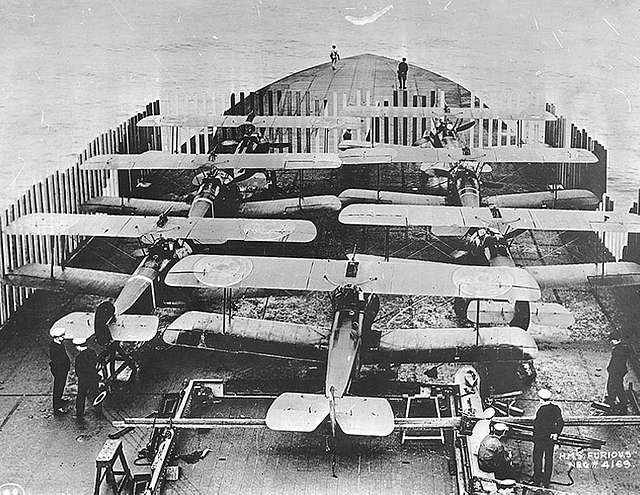
Innovative Modifications
The metamorphosis of the HMS Furious involved extensive modifications, transcending its conventional battlecruiser configuration. Noteworthy alterations included the incorporation of a forward flight deck, a groundbreaking departure from traditional naval design. This innovative addition allowed for the takeoff and landing of aircraft, fundamentally altering the ship’s operational capabilities.
Forward Flight Deck and Launch System
A pivotal feature of the modifications was the introduction of a forward flight deck strategically positioned to optimize the launching and recovery of aircraft. This departure from the standard aft-deck configuration represented a radical shift in naval architecture, setting the stage for future aircraft carrier designs. Complementing this, the HMS Furious implemented an inventive aircraft launch system, streamlining the process of deploying aircraft from the deck.
Crucial Milestone in Naval Strategy
The transformation of the HMS Furious marked a watershed moment, transcending the vessel from a conventional warship to an actual aircraft carrier. This innovative leap heralded a new era in naval strategy, where the integration of aviation capabilities became central to maritime warfare. The ability to deploy aircraft from a warship not only expanded the range and reach of naval operations but also fundamentally reshaped the dynamics of fleet tactics.
Legacy and Influence
The legacy of the HMS Furious reverberates through naval history as a trailblazer in aircraft carrier development. Its innovative design and successful integration of aviation capabilities laid the foundation for subsequent generations of aircraft carriers. The lessons learned from the HMS Furious continue to resonate, shaping the evolution of naval strategy and affirming the enduring significance of aircraft carriers in modern maritime warfare.
World War I and the Carrier’s Maiden Voyage: HMS Furious Unleashed
The HMS Furious, a groundbreaking aircraft carrier, redefined naval warfare during World War I, showcasing the transformative potential of naval aviation. As it embarked on its maiden voyage into the theater of war, the carrier left an indelible mark on military strategy, introducing unprecedented capabilities that would shape the future of naval operations.

In a noteworthy operation in 1918, the HMS Furious executed a daring air raid on the German zeppelin base at Tondern. This historic mission not only underscored the carrier’s strategic versatility but also demonstrated its capacity to extend naval power beyond the limitations of traditional surface fleets. The success of this operation became a pivotal point, highlighting the crucial role of aircraft carriers in projecting force and reshaping the dynamics of naval warfare. By navigating beyond geographical constraints, the HMS Furious showcased the potential of aircraft carriers to deliver precision strikes deep into enemy territory, setting the stage for their prominence in global naval strategies and solidifying their indispensable role in future military conflicts.
Interwar Innovations and Treaty Limitations: Navigating Naval Challenges
During the interwar period (1919-1939), the world saw significant strides in the design and technology of aircraft carriers. Recognizing the strategic importance of this new class of warships, navies across the globe sought to harness the potential of naval aviation. However, amidst these innovations, international naval treaties introduced constraints that shaped the trajectory of carrier development.
Advancements in Carrier Design
The interwar period (1919-1939) witnessed dynamic progress in aircraft carrier technology. Eager to harness naval aviation’s potential, nations experimented with enhanced flight deck designs and improved launch and recovery mechanisms, laying the foundation for future carrier evolution.
Impact of Naval Treaties
Despite innovation, international treaties like the Washington Naval Treaty of 1922 imposed constraints on naval armaments, limiting carrier construction. Intending to prevent an arms race post-World War I, these treaties set tonnage limits, challenging naval powers to balance compliance with inventive carrier development.
Challenges and Adaptations
Treaty limitations prompted naval powers to navigate a delicate balance between compliance and innovation. Constraints inspired inventive solutions, leading to compact carrier designs and tactical adaptations that maximized carrier potential within imposed boundaries.
Preparation for Global Conflict
Despite restrictions, naval powers recognized carriers’ enduring value and invested in their development. As anticipation of future conflicts grew, research and development persisted, enhancing carrier-based aviation and laying the groundwork for carriers’ pivotal role in World War II.
Legacy of the Interwar Period
The interwar era, a crucible of carrier innovation and treaty constraints, shaped naval aviation’s landscape. The tension between progress and limitations underscored naval powers’ resilience, setting the stage for carriers’ critical role in subsequent global conflicts. This legacy highlights adaptability amid constraints for technological superiority.
World War II and Carrier Dominance

The onset of World War II propelled aircraft carriers to the forefront of naval warfare. The Battle of Midway in 1942 was a turning point, showcasing carriers’ decisive influence in countering Japanese advances.
Midway: Pivotal Naval Turning Point
Fought from June 4 to June 7, 1942, the Battle of Midway underscored carriers’ unparalleled impact. American carriers, especially the USS Enterprise and USS Yorktown, played crucial roles in turning the tide against the Japanese fleet.
Carrier’s Decisive Power
At Midway, carriers showcased their ability to project power across vast oceans. Aerial assaults launched from carriers proved pivotal in thwarting Japanese advances, highlighting carriers’ strategic advantage in reconnaissance, strike missions, and air superiority.
USS Enterprise and USS Yorktown: Key Players
The USS Enterprise and USS Yorktown emerged as linchpins of American success. They not only halted Japanese advances but also inflicted substantial damage, solidifying carriers’ centrality in naval strategies.
Strategic Significance Illuminated
Midway highlighted carriers’ strategic importance as mobile airbases capable of projecting force beyond traditional surface fleets. American carrier success set the tone for future naval strategies, emphasizing air superiority in securing maritime dominance.
Technological Advancements and Carrier Classes
In the post-World War II era, a wave of technological innovations reshaped the landscape of aircraft carrier design and capabilities. These advancements played a pivotal role in defining a new generation of carrier classes, ushering in an era of unprecedented versatility and operational effectiveness.
Angled Flight Decks
One of the notable innovations post-World War II was the introduction of angled flight decks. Unlike the traditional straight decks, angled flight decks allowed simultaneous takeoffs and landings, significantly improving the efficiency and safety of flight operations. This innovation marked a critical evolution in carrier design, enhancing the overall operational tempo.
Steam Catapults
The adoption of steam catapults represented another breakthrough. Steam catapults replaced the earlier hydraulic systems, providing a more powerful and efficient method for launching aircraft. This technological leap allowed carriers to launch heavier and more advanced aircraft, expanding their capabilities for both surveillance and offensive operations.
Nuclear-Powered Carriers
Perhaps the most revolutionary advancement was the introduction of nuclear-powered aircraft carriers. The USS Enterprise (CVN-65), commissioned in 1961, heralded this new era. Nuclear propulsion offered extended operational range, reduced dependence on conventional fuel, and allowed carriers to remain on station for more extended periods, significantly enhancing their strategic reach and effectiveness.
USS Forrestal – A Modern Supercarrier
The USS Forrestal, commissioned in 1955, emerged as a paradigmatic example of these technological advancements. As the lead ship of the Forrestal class, it set the standard for modern supercarriers. With its angled flight deck, steam catapults, and other cutting-edge technologies, the USS Forrestal epitomized a new breed of carriers capable of supporting a diverse range of aircraft in varied mission profiles.
Cold War and Power Projection
During the Cold War, aircraft carriers became pivotal in global geopolitics:
Fleet Integration
Carriers became integral to naval fleets, offering mobile airbases for global influence.
Unrivaled Flexibility
Their dynamic positioning provided unmatched flexibility in responding to evolving geopolitical scenarios.
Versatile Missions
Carriers’ capacity to launch aircraft for surveillance, strikes, and air superiority made them indispensable assets.
Strategic Influence
Carriers symbolized and maintained strategic influence, serving as deterrents and shaping the global balance of power.
The first aircraft carrier, embodied by the transformative journey of the HMS Furious, heralded a new era in naval warfare. From experimental beginnings to becoming the linchpin of naval fleets worldwide, the aircraft carrier’s evolution is a testament to human ingenuity and adaptability. As we navigate through the pages of history, it becomes clear that the aircraft carrier’s legacy is one of resilience, strategic significance, and unwavering relevance in shaping the course of maritime operations.
